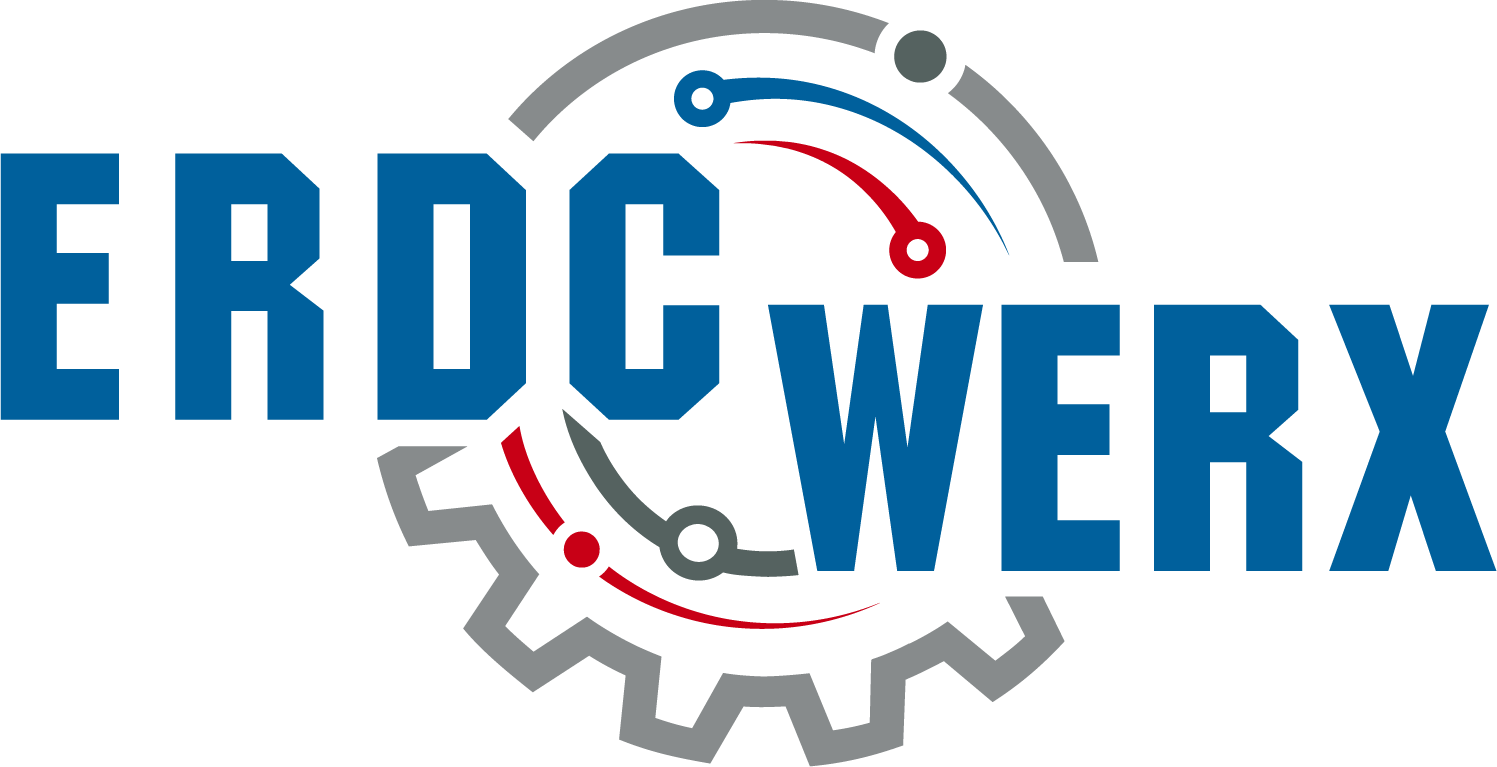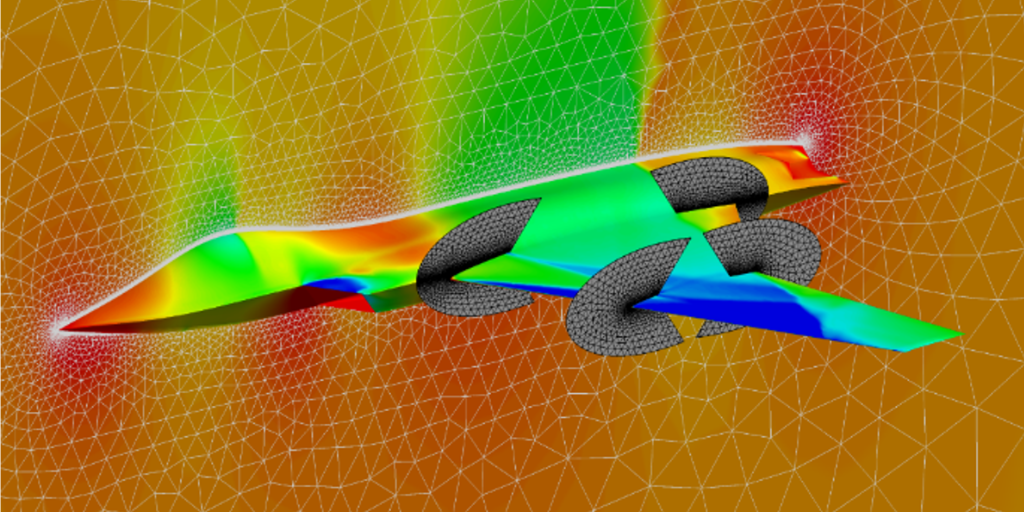Submit Prototype Concepts for Funding Consideration
The U.S. Army Engineer Research and Development Center (ERDC) requests white papers in response to its Engineered Resilient Systems (ERS) Broad Other Transaction Authority Announcement (BOTAA).
ERDC, through the utilization of the authorization under 10 U.S.C 4022 has the flexibility to award prototype and production other transactions (OTs) that develop and deliver innovative solutions to ERS challenges by ensuring timely access to state-of-the-art technology through a multitude of teaming arrangements tailored to the particular project.
ERDC uses high-performance computing to develop concepts, techniques, and tools that offer more design alternatives, increase the accuracy and depth of analysis, and assist in choosing the most resilient systems to serve and protect the nation’s warfighters.

Techniques, components, software, hardware, systems, and enhanced tools that provide the ability to protect critical advanced manufacturing and infrastructure networks against adversaries that continually develop, modify, and adapt threats to constrain the ability to effectively and securely operate in cyberspace. New and innovative capabilities are needed that leverage networked-, host-, and behavior-based concepts to provide a holistic cybersecurity defense approach and provide cyber situational awareness. Industrial control systems (ICS) or supervisory control and data acquisition (SCADA) systems, manage complex processes by collecting data from sensors connected to a physical process and remotely controlling the process via electronic control of actuators, switches, and valves. Programmable Logic Controllers (PLC) reside at the heart of industrial control systems. The ICS operational networks are often isolated by firewalls, demilitarized zones, and data diodes or air gapping. Such defenses limit malicious penetrations but cannot be assumed to stop all penetrations.

Techniques, components, software, hardware, systems, and enhanced tools that support AdM concepts and technologies, including but not limited to 3-D printing used to rapidly fabricate complex and innovative systems and components. Techniques, components, software, hardware, and systems to provide HPC resources at the edge or point of manufacture that allow the use of (a) high-fidelity, multi-physics, multi-scale computational AdM approaches; (b) optimization; (c) trade-space analytics; (d) integration of AdM with deployable HPC; (e) uncertainty quantification and validation; (f) data-driven approaches; (g) machine learning based simulation approaches to assist designers; (h) virtual testing; (i) artificial intelligence-enabled certification; (j) HPC enabled optimized process control; and (k) innovative AdM technologies. Techniques, components, software, hardware, systems, and enhanced tools that advance the ability to design, fabricate, and test large-scale components and systems (i.e. the longest dimension exceeds a meter in length). A necessary product of this is testable components that could be used for a variety of defense needs, such as armor; aerospace, ground, and marine sub-structures; specialized facilities for blast and ballistic protection; marine ship hulls; and rotorcraft components.

Techniques, components, software, hardware, systems, and enhanced tools that allow the examination of data sets that are too large or too complex for traditional data processing applications to uncover hidden patterns, unknown correlations, multidimensional trends, and other useful information. Techniques, components, software, hardware, systems, and enhanced tools that leverage High-Performance Computing, emerging heterogeneous computing resources, next-generation computational algorithms, and software tools to create an ecosystem approach to manage and conduct high-performance data analytics with complex data sets.

Techniques, components, software, hardware, systems, and enhanced tools that allow the development and application of advanced system engineering techniques to address system acquisition and readiness challenges. System acquisition is addressed through design trade space development; analysis and reporting of many designs and system readiness via Condition Based Maintenance based primarily on sensor and maintenance data from the many systems. Both challenges are characterized by the massive data volume involved and require that the techniques of acquisition, mining, storage, transfer, cleaning, retrieval, and analytical processes; artificial intelligence and machine learning (AL/ML) algorithms; systems modeling; consisting of either classical methods, scaled to enable processing of the data, or new, innovative methods developed with the ability to process the massive volume of data from the beginning.

Techniques, components, software, hardware, systems, and enhanced tools that provide for computationally efficient and accurate surrogate models for full-order, algebraic systems. The primary interest is in the application of novel techniques using HPC to develop surrogate models and data analytics for complex applications. Application areas of interest include but are not limited to modeling of blast effects, flight envelop simulations, turbulent rotor dynamics, and vehicle vibration effects on humans. Topics of interest include (a) multi-physics interactions, (b) fluid-structure-thermal interaction models, (c) aerothermoelastic models, (d) thermo-mechanical processes, (e) applications to CFD and FEA, (f) anomaly detection, (g) analysis of the robustness of models, (h) physics-informed machine learning.

Techniques, components, software, hardware, systems, and enhanced tools provide high-performance computing capabilities and resources at the point of need. On-the-edge computing has the potential to provide soldiers with access to data and sensors leading to improved situational awareness. However, these applications require highly functional, understandable, and secure systems that can provide accurate and actionable data under uncertainty in the field. Techniques, components, software, hardware, systems, and enhanced tools to develop HPC-enabled computational approaches that leverage on-the-edge capabilities are needed. Topics of interest for HPC-enabled on-the-edge computing include: (a) electro-optical sensor data processing, (c) thermal/IR sensor data processing, (d) radar sensor data processing, (e) acoustic sensor data processing, (f) terrain and environment characterization, (g) terrain and environment mapping, (h) sensor fusion, (i) anomaly detection and characterization, (j) multi-factor optimization of local maneuver planning.

Techniques, components, software, hardware, systems, and enhanced tools to computational processes for material testing and validation of components and sub-components that are produced through advanced manufacturing technologies. Capabilities will enable the direct connection between the standard procedures for advanced manufacturing techniques and numerical tools, techniques, and systems for engineering mechanics simulations and will contribute to reducing the uncertainty of advanced manufactured components.
This announcement is continuously open and considered a competitive process. Offerors may submit white papers against any focus area. White papers and subsequent proposals will be evaluated against the criteria stated in the announcement without regard to other submissions. The availability of funds may limit the ability of the government to make awards in specific areas, nevertheless, white papers are sought for the stated ERS focus areas.
How to Participate
- Review the Engineered Resilient Systems BOTAA
- Review FAQ
- Submit white paper
Questions: Please send all technical and administrative questions to [email protected]. Q&A will be updated periodically. It is the responsibility of the offeror to review Q&A prior to submitting a white paper.


